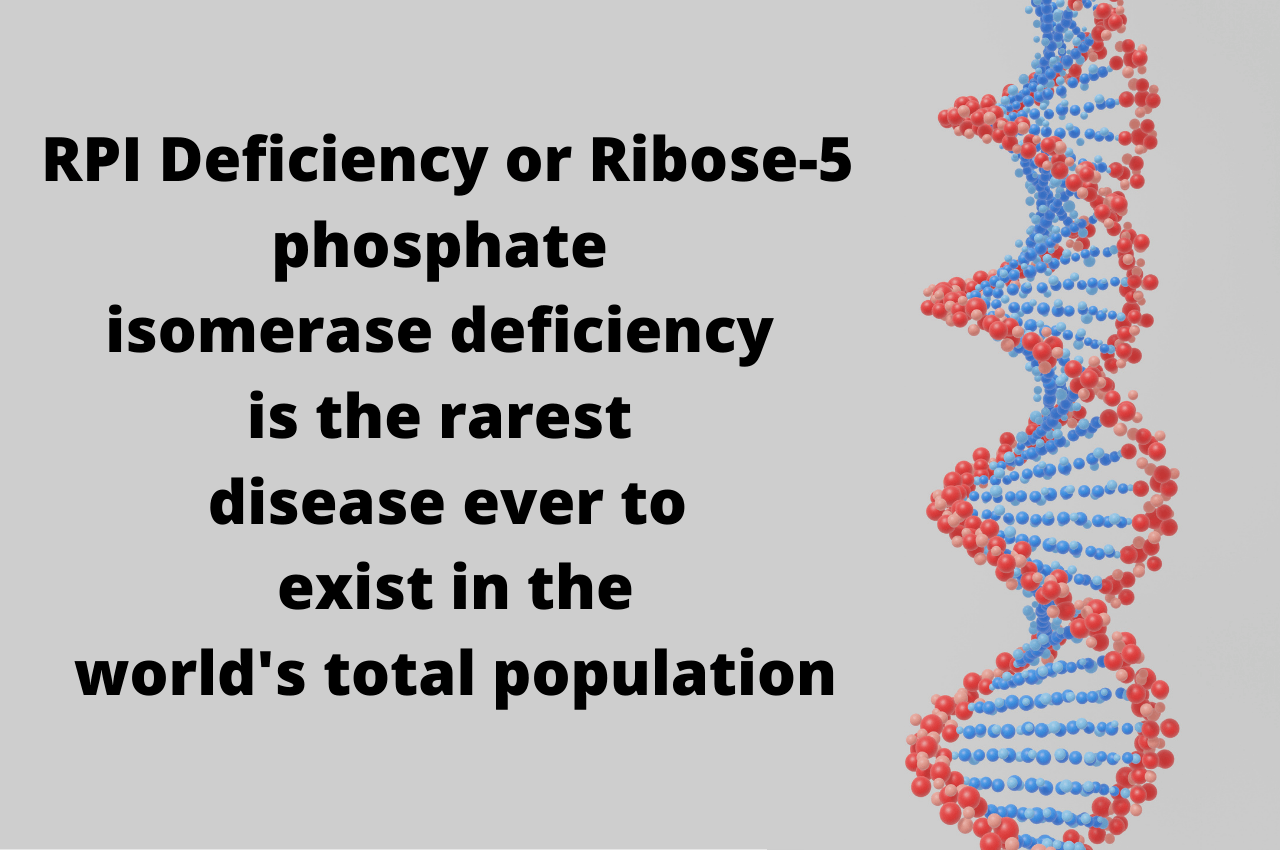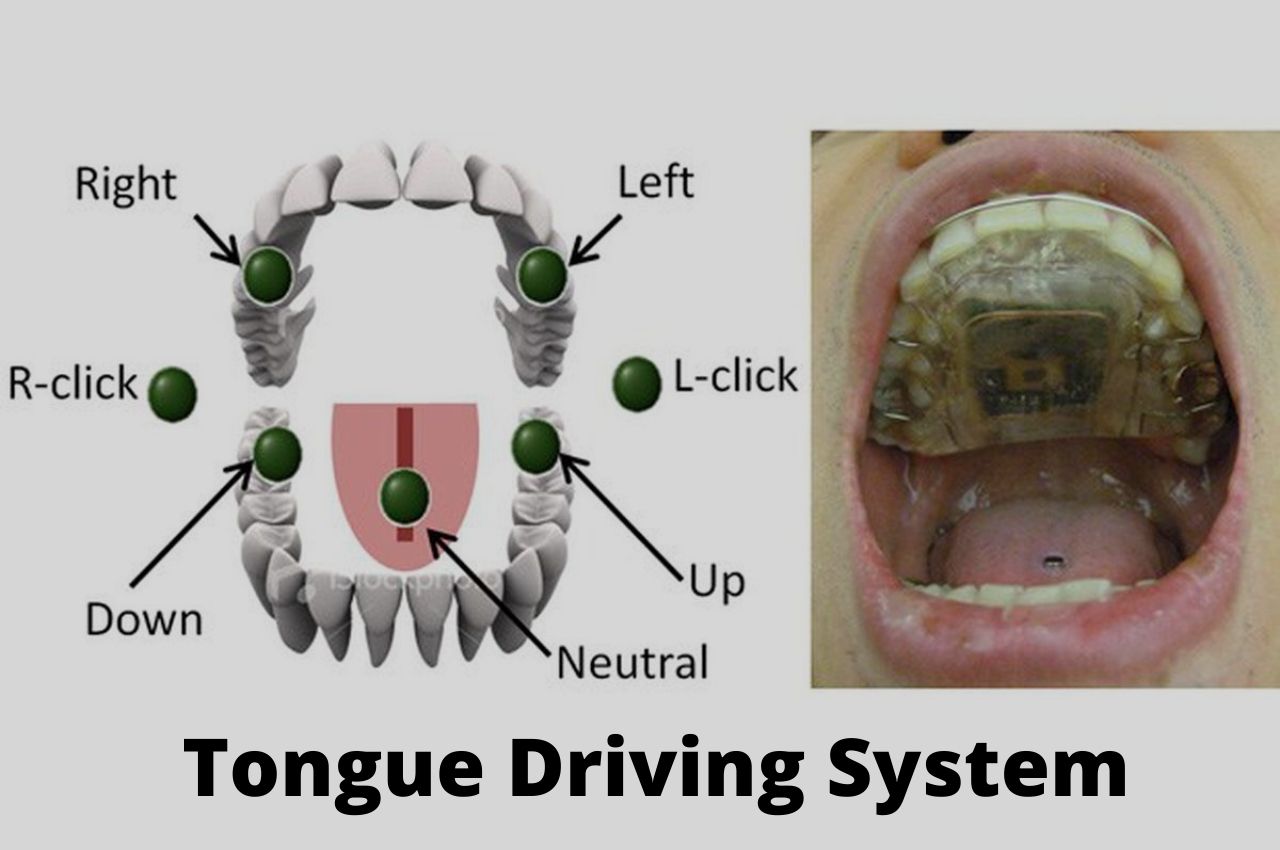- Malnutrition is defined as a disproportion between the nutrients required by your body to function and the nutrients it gets.
- It may be termed undernutrition or overnutrition.
- An individual can be called malnourished due to a general lack of calories, protein, vitamins, or minerals.
- Even if you have all the vitamins and minerals except a single vitamin or mineral, your body may get susceptible to malnutrition-related disorders. This can have serious health consequences for your body.
- Intake of excess nutrients can also lead to several health problems
Different types of malnutrition.
- In terms of imbalance of nutrients, Malnutrition can mean undernutrition or overnutrition.
- On the other hand, it can also mean an inequity of macronutrients (proteins, carbohydrates, fats) or micronutrients (vitamins and minerals).
Undernutrition.
Undernutrition is a deficiency of nutrients that may occur due to a lack of an adequate diet,
- It can also happen in the case, your body gets unable to absorb enough nutrients from your food.
1) Macronutrient undernutrition.
- It is also known as protein-energy undernutrition.
- It is chiefly defined as a deficiency of macronutrients: proteins, carbohydrates, and fats.
- Since Macronutrients are the main building blocks of your diet, a deficiency of them can make your body ill.
2) Micronutrient undernutrition.
- The deficiency of micronutrients leads to Micronutrient undernutrition.
- Micronutrients include vitamins and minerals.
- Even if required in small amounts by your body, micronutrients are essential for growth to perform different functions.
Overnutrition.
- This is another category of malnutrition.
- As per The World Health Organization, overnutrition is recognized to lead to detrimental fitness effects that can be caused by extreme ingesting of nutrients.
- A person may such effects as overweight and obesity, which are strongly associated with a list of non-communicable diseases.
1) Macronutrient overnutrition.
- The excess intake of protein, carbohydrate, and/or fat calories can lead to macronutrient overnutrition.
- In this, the body stores the excess nutrients in the form of fat cells in your adipose tissue.
- But in case your body runs out of tissue for storage, the fat cells themselves have to grow.
- The large size of fat cells is related to chronic soreness and metabolic disorders.
- Consequently, a person may undergo noncommunicable diseases like diabetes mellitus, coronary artery disease, and stroke.
2) Micronutrient overnutrition.
- The excessive intake of vitamin and mineral supplements can result in micronutrient overnutrition.
- It is rare among all other types of malnutrition categories.
Risk of malnutrition.
- Even though its effects can be largely seen in people following an unhealthy diet, it can also affect people with sedentary modern lifestyles, and economic conditions.
- Some other risk factors for malnutrition include:
- Younger age
- Chronically ill
- Poor and low income
- Old age
Symptoms of malnutrition.
For undernutrition, some of the observatory symptoms are as follows:
- Weakness
- Fatigue
- Faintness
- less body weight
- prominent bones
- Thin upper and lower limbs
- Stunted growth
- Irritability
- Dry, inelastic skin, rashes
- Low body temperature
- hair loss
- Frequent infections.
For Overnutrition, some of the observatory symptoms are as follows:
- Heart disease
- Insulin resistance
- High blood pressure
- Obesity
Diagnosis.
- Through physical observation and a history of your diet and health conditions
- BMI measurement
- Blood tests for specific micronutrient imbalances.
Treatment
- Undernutrition can be treated with nutritional supplements.
- Overnutrition can be treated with weight loss, diet, and lifestyle changes.
- Taking a well-balanced diet.
- Include both micro and macronutrients in your diet.











